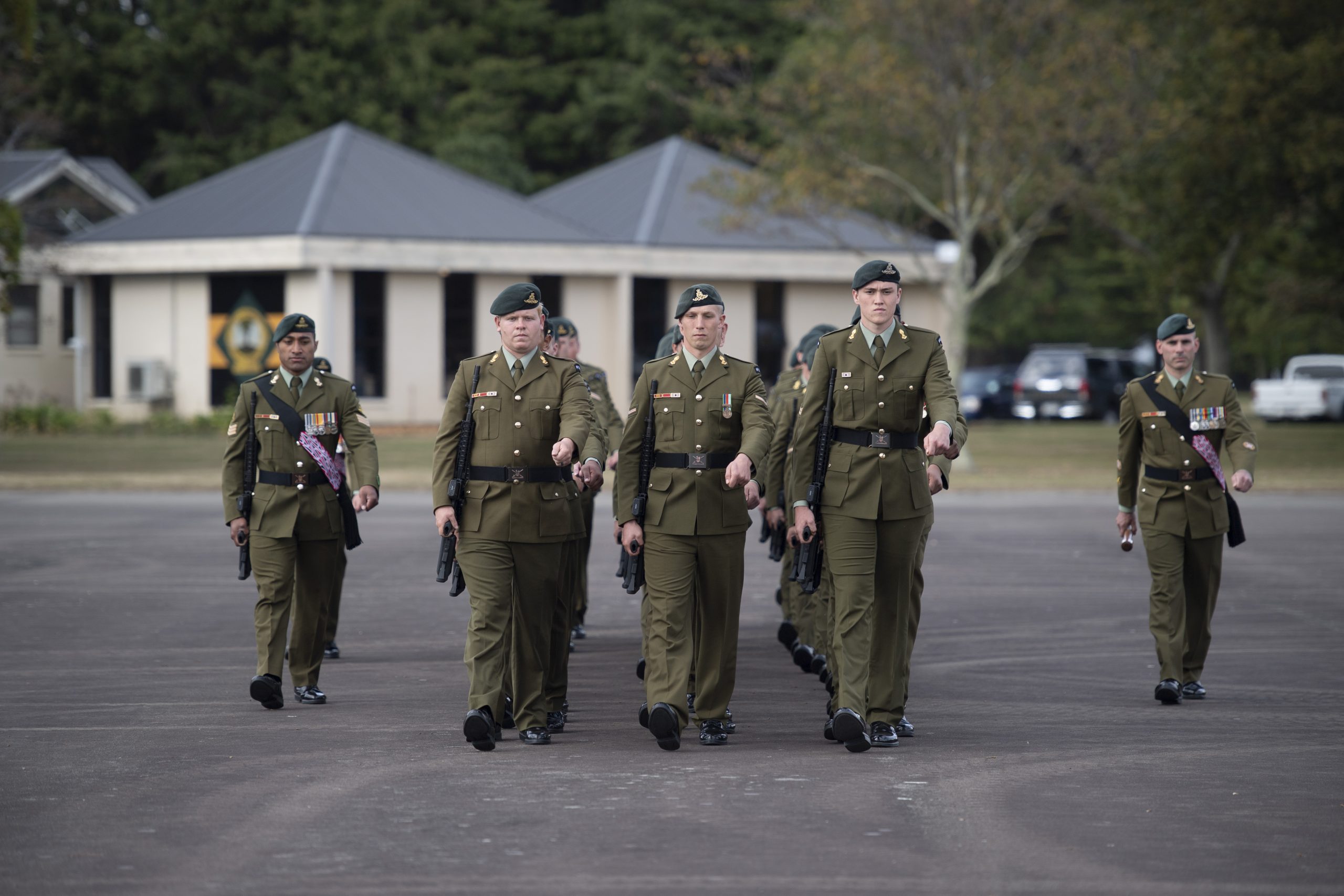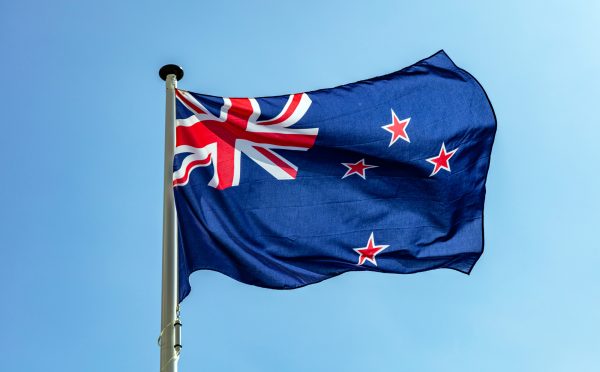What about the Damen Enforcer series, available from 120 meters to 180 meters in length, fits what we require as both supplement to Canterbury and replace of.
Then add 3x Arrowhead 120 and 3x Harry de Wolfe class OPV’s and we have compact modern navy.
No because you are introducing multiple new types into the fleet instead of consolidating hull types. Replace the IPV / OPV fleet with a single class of corvettes that have significant commonality with the frigates i.e., a mini me.
The RAN Enhanced Lethality Surface Combatant Fleet intention is to acquire 11 patrol frigates with the following being short listed:
Of these four types, I think that the outstanding one is the MEKO A-200 Class, followed by the Mogami Class. Both are currently in service with other navies. The Daegu FFX Batch II is also in service with another navy, but at present the Batch III is a paper design. IMHO the Navantia ALFA 3000 is a paper design, too small for Indo-Pacific oceans, and the design appears cramped with not a lot of room for future upgrades. It might work for European and Mediterranean navies who don't venture far from home, but one look at a map of the Pacific Ocean illustrates the distances involved. The fact that it isn’t in service with any navy significantly increases the risk. Besides Navantia didn’t come through the Hobart DDG build with flying colours; it left a lot to be desired.
I like the Mogami because it's definitely designed for the future, and such an acquisition would be diplomatically a very good move, if Australia wants to increase and deepen defence ties with Japan. However, I think that the MEKO A-200 would be a better choice because of the four types I think that the MEKO A-200 is the least risky design. The original Anzac class is an original MEKO 200 design, so the RAN already has experience of that design. The Anzac Class build was successful and came in under budget and within time.
I am aware that the MEKO A-200 can carry 32 VLS cells, however they are
Sylver VLS and not the
MK-41 VLS. I suspect that the MK-41 VLS for the patrol frigate will be most likely 24, because 32 could be a squeeze and 16 is definitely not enough in the modern environment. I also suspect that the most cells, if not all, will be tactical length rather than strike length. However, if the RAN intend using the likes of SM-3, SM-6, VLA, or LRASM on these frigates some strike length cells would have to be included. I think that 16 NSM will be the fit out as well.
I understand that the RNZN is keen on the Babcocks Arrowhead AH 140 design, and it is currently in service with one navy and being built by three separate nations. I like the AH140 because of its versatility, design philosophy and that it has room for future upgrades. There is also the AH120 which is a corvette paper design offering synergies / commonality / compatibility with the AH140. In a NZ context we should replace both our OPV and IPV fleet with corvettes, and ones built for the Southern Ocean. Unfortunately, the AH140 didn't make the Australian short list, but maybe that will change, and I hope so. Regardless of what the RNZN wants in its heart of hearts, the Cabinet will make the final decision and I strongly suspect, because of the recent ANZMIN announcements, that it will follow the RAN patrol frigate lead.
In that case I hope that the MEKO A-200 design is the one that the Australians choose, because of the MEKO A-100 which would give is synergies / commonality / compatibility with the MEKO A200. As mentioned above, the MEKO offers least risk and recent NZ govts are risk adverse with regard to defence acquisitions - something that's taken them decades to figure out. The MEKO A-200 currently costs about
€500 million (about NZ$880 million) each. What is not stated is whether or not this is the sailaway cost or includes the Term of Life Costs (TOLC). Of course, every nation does its acquisition costings differently and the NZ Govt defence acquisition costings always includes the TOLC. Just to confound the reader, the NZ Govt also calculates the Whole of Life Costs (WOLC) and there is a propound difference between TOLC and WOLC. TOLC is for the duration of service with NZDF, whilst WOLC is for the whole life of the platform from its acquisition by the NZDF until its final disposal. The corvettes could be the
MEKO A-100 design which is a corvette having synergies / commonality / compatibility with the A-200 design. It too is in service with other navies.
I have been given to understand that the NZ govt has budgeted NZ$4 billion for the Anzac Class frigate replacement, and if the above cost is correct, theoretically we could acquire four. Four Patrol Frigates and eight corvettes would give the RNZN significant combat capability. Of course, the corvettes are not expected to take on the likes of Peoples Republic of China (PRC) Peoples Liberation Army Navy (PLAN) or Russian guided missile cruisers (CCG); rather they can be used for convoy escort and in the constabulary role. Six would replace the Protector Class two Offshore Patrol Vessels (OPV) and four Inshore Patrol Vessels (IPV). Hull numbers Seven and Eight would be modified to include dynamic positioning, Multi Beam Echo Sounder, a moon pool, a timber covered work area on the quarter deck, a crane with 100 tonne safe working limit (SWL) and a second crane with 25 tonne SWL etc. Use of the SH Cube modular system would enable quick rerolling of these ships, as it would all ships across the fleet. This would also give Matataua resilience because it’s not relying on specialist ship as it does with Manawanui IV.
Before the first Anzac frigate (Te Kaha? – second ship of RAN/RNZN Anzac Class) retires eight
EXLS VLS should be fitted to Aotearoa and the Sea Ceptor missiles transferred to Aotearoa. EXLS is a standalone three cell VLS that doesn’t penetrate the deck and basically can be hung anywhere on the ship. EXLS should not be confused with the
Host Extensible Launch System (ExLS), which is a plug in system that slots in both MK-41 VLS and MK-57 VLS cells. The radar and (Electro Optical Tracking System (EOTS) system from Te Kaha could then be transferred to Aotearoa upon Te Kaha’s decommissioning. This is to give Aotearoa its own air defence (AD) capability. Its Anti Aircraft Artillery (AAA) gun armament should also be substantially increased. Experience from the Russo Ukraine War, and the current Houthi attacks against shipping in the Red Sea, illustrates the necessity of the likes of 30mm auto cannon with air burst ammunition, and Electronic Warfare (EW) capabilities being the best defence against Uncrewed Aerial Vehicles (UAV) and Uncrewed Surface Vessels (USV). It isn’t very cost effective to use a $5 million missile to shoot down a $1,000 UAV or USV.




